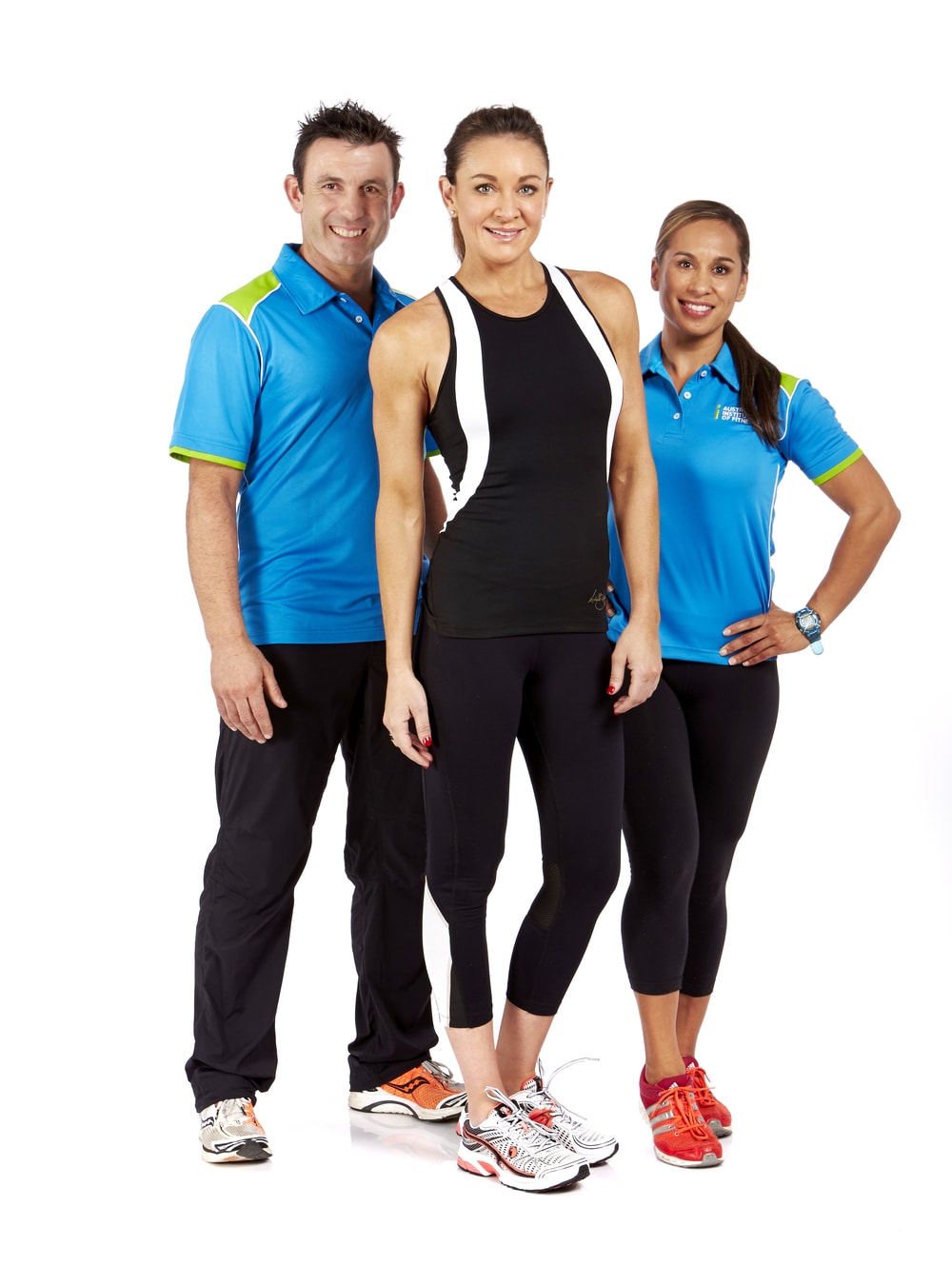
Leading experts from the Australian Institute of Fitness comment on the ACSM’s fitness trend predictions
If you use an activity tracker, smart watch, heart rate monitor or GPS device to track your fitness progress, you’re part of a rapidly growing segment of consumers using wearable technology to collect daily health metrics. You’re also following the number one predicted fitness trend for 2017 – wearable technology, which has topped the list for the second year in a row, according to the American College of Sports Medicine’s (ACSM) annual fitness trend forecast.
Now in its 11th year, the survey was completed by more than 1,800 health and fitness professionals worldwide, and was designed to reveal trends in various fitness environments. 42 potential trends were given as choices, and the top 20 were ranked and published by ACSM. See the full list here.
According to Michelle Bridges, Ambassador for the Australian Institute of Fitness:
“These trend predictions are right in line with what I’d expect to see. I think wearable technology is a trend that is just going to keep on booming, I’ve been watching this grow exponentially in my 12 Week Body Transformation program – the members can’t get enough of tracking and measuring all kinds of markers! It’s fantastic because it helps them stay accountable and they can make changes to what they’re doing if their wearable device info is telling them they need to. That’s how they stay on target and achieve their goals. Body weight, HIIT and strength training are all awesome because you can cross pollenate, so to speak – you can do HIIT and strength training using just body weight exercises, which is brilliant bang for buck!”
Training Maestro for the Australian Institute of Fitness, Nardia Norman,shares her thoughts:
“The predicted trends for 2017 are not a surprise. Wearable technology has topped the list of trends for the past two years with the other usual suspects – body weight training, HIIT, educated professionals and strength training remaining in the top five spots. As technology has become more accessible to a wider variety of people it makes sense that wearable technology is becoming part of the norm. I think fitness trackers and health apps are fantastic tools that provide people with a ton of great information about themselves that enables the individual to make good decisions for their body. Wearable technology, when interpreted correctly, can improve confidence, competence, intrinsic motivation and autonomy. These are the key elements needed for long term behavioural change.”
According to Tim Robards, Fitness Expert for the Australian Institute of Fitness:
“The results are exactly what I would expect. Wearable technology is great for tracking your progress and keeping you accountable. Body weight training is a close second to wearable technology as you can’t deny the functional benefits, time efficient workouts, accessibility and affordability, which is exactly why my TRM is based around this. It’s also great to see more girls realising the benefits of strength training, without having to become a body builder.
‘Exercise is medicine’ – as a primary health care practitioner I can attest to this! So called health care is costing us an arm and a leg and it is predominately symptom based or ‘sickness care’. We are becoming more and more aware that we need to be proactive, take responsibility for our health and nurture our bodies from early on in life. That’s why we keep our cars oiled and serviced for a few hundred bucks every 10,000km or so, rather than missing them and having to do a full rebuild every 50,000 kms which would cost thousands. This reflects our current ‘healthcare’ system.”
The Australian Institute of Fitness has been the largest and longest established fitness training organisation in Australia for over 30 years. With purpose-built campuses across Australia and over 100 expert Course Coaches nationwide, more people, including many of Australia’s leading industry professionals, decide to get qualified as a Personal Trainer or fitness professional at the Australian Institute of Fitness than any other provider. For further information, please visit: fitness.edu.au

